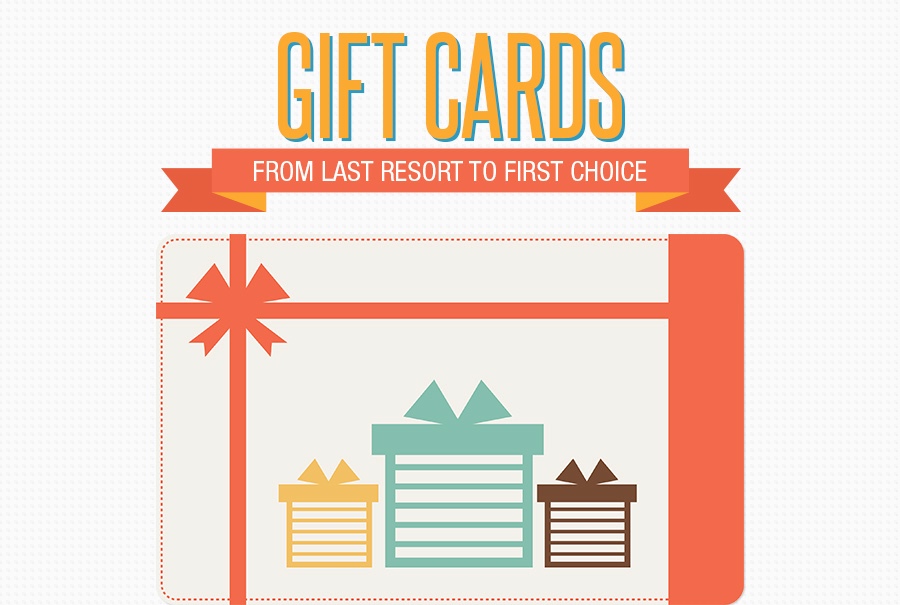A laser is a powerful device for noting and etching on products like metals, wood, and glass. However when collaborating with a fragile product like glass, precise positioning of your layout is vital.
Unlike other laser-marked products, glass does not evaporate but fractures when subjected to laser warmth. This offers the engraved surface its characteristic look.
Local Home heating
The laser light communicates with the glass surface, triggering local home heating and possibly vaporization or ablation. This creates an etched, frosted, or personalized look. Unlike inks and paint, laser noting marks are irreversible and do not fade in time.
Laser etching on glass is testing as a result of the product's brittleness and susceptibility to thermal shock. The sudden, fast temperature modifications developed by high laser power can create cracking and breakage of the surface.
To decrease this threat, laser engravers make use of water chillers to help manage the warm and spread it equally over the surface. Applying a moistening substance or masking the surface area also assists to minimize cracking and enhance laser efficiency. On top of that, lowering the laser power setup and boosting the engraving speed help to maintain a regular temperature. Additionally, preventing exposing the glass to hot air or water immediately after inscribing will certainly likewise reduce the threat of thermal shock and splitting.
Transparent Materials
Various laser device kinds are available, with each having distinctive wavelengths and power varieties. Some have the ability to create high-contrast engravings on glass while others might require added steps to ensure optimum results.
For example, utilizing a paper mask to secure the surface area of your work surface from warmth can help reduce cracking by dissipating the laser light beam's heat before it has a chance to influence the glass. Similarly, using a slim layer of recipe soap can likewise decrease the quantity of glass shards that are discharged after the laser procedure is full.
Finally, it's important to keep the laser head at a consistent rate throughout the whole process to prevent sudden changes engraved glass meaning in temperature level that can bring about fracturing. Moreover, a water-cooled laser system can likewise assist handle the effect of laser heat on fragile materials such as glass. In addition, choosing to make use of a Jarvis dither pattern on your laser driver setups will separate the dots of your visuals, reducing their general warmth consumption and influence on the product.
Precision
Laser engraving is just one of the most accurate techniques for glass noting. It permits high-quality, customized gifts or business applications such as personalized glass wares for dining establishments that advertises brand identification and quality.
Personalized glass is durable and able to withstand day-to-day use and cleaning, making it ideal for a variety of applications. It additionally supplies fantastic adaptability when it concerns the style of patterns, pictures, and message.
Guarantee you use the right type of glass for your project and fine-tune your laser settings before starting. Different kinds of glass respond in different ways to warm, and readjusting the laser power based on density aids stay clear of cracking. Also, a water-chiller reduces temperature variations that bring about fracturing. Finally, concealing the surface of your glass work surface with a paper towel or a layer of meal soap can aid dissipate the laser heat and avoid damaging. It is likewise vital to secure your glass work surface with a jig to minimize activity that causes imbalance.
Sustainability
Laser marking on glass is an environmentally friendly procedure that minimizes using dangerous chemicals and provides clear, irreversible high-resolution codes. This assists protect items versus tampering and counterfeiting while instilling self-confidence in consumers.
With a little prep work, laser engraving on glass opens up a globe of possibilities for artists and makers alike. It is an affordable and sustainable choice to standard engraving strategies such as sandblasting or etching creams.
Prior to engraving, it is important to pre-heat the glass. This helps restrict thermal shock and prevent cracking of the weak product. Keeping the power setups low and using a slower cool off can also aid to avoid glass fracturing. Furthermore, a fume removal system can assist get rid of smoke, dirt, and particulate particles from the workspace to maintain the working environment risk-free and clean. When your system is properly established, it's an excellent idea to experiment with a couple of samples to locate the very best setup for your certain type of glass.
